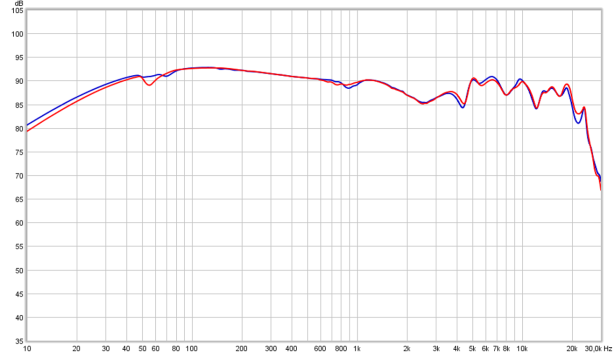solderdude
Grand Contributor
I learn by doing, so reading research papers and recommendations from others is just an incentive for me to do my own experiments
....
I believe I've found a method that works well for me using the in-ear headphones. In the process, I've discovered a few other methods to achieve similar results. From Greisinger to F-M like curve measurements, I now have a much better understanding of what effect each of the FR distortions has on music reproduction.
Exactly this (own experiments) is what is important to understand ones own limits and those of the equipment.
I was never after a single, general HRTF curve or even a single correction that would work on more than one set of headphones or one set of ears.
I stand corrected !
HRTF measurement, specifically, was also part of a much longer term project for me. I'd like to be able to correct for sound directionality based on head position, without spending thousands of dollars on one of the available systems that do head tracking. But this is far off into the future.
This will be the toughest thing to achieve. Do keep us posted should you ever get around to it and get good results.

